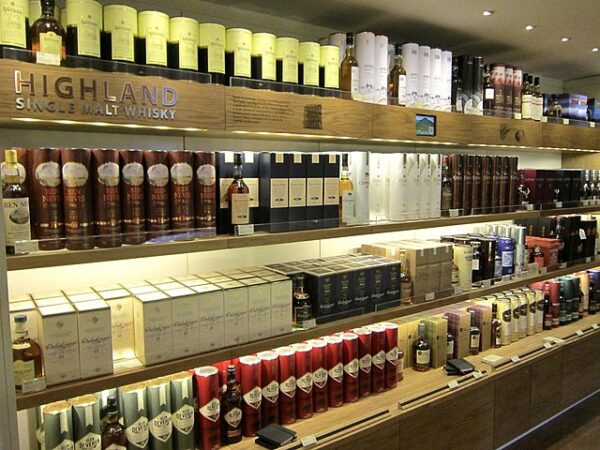On June 1, 1495, John Cor changed the drinking world forever. That’s when the monk first recorded that he had begun whisky production in Scotland in the Exchequer Rolls of Scotland. The entry indicates that “eight bolls of malt” were allocated to “Friar John Cor, by order of the King, to make aqua vitae,” an early term for distilled spirits, translating to “water of life.” This historical mention positions John Cor as a pivotal figure in the inception of Scotch whisky.
From these early beginnings, the distillation process evolved considerably. Initially, it was a rudimentary practice, employing basic equipment and techniques. Early distillers, including John Cor, used these elementary methods to convert malted barley into a distilled spirit. Over time, these techniques were refined, enhancing the quality of the product and laying the foundation for what would become a globally esteemed industry.
During the 16th and 17th centuries, whisky distillation became increasingly widespread in Scotland. Production during this period was largely unregulated, with whisky often produced by farmers and monks for personal use and local trade. The spirit was valued not only for its intoxicating effects but also for its perceived medicinal properties. However, as whisky’s popularity grew, so too did the government’s interest in regulation and taxation.
The early 18th century brought significant changes with the Acts of Union in 1707, which united Scotland and England. This political union led to the imposition of English taxes on Scottish whisky, resulting in a surge of illicit distillation and smuggling. Many Scots resisted these taxes, leading to the proliferation of clandestine distilleries in remote areas, producing what became known as “moonshine.” The landscape of Scottish whisky production during this time was marked by a continuous struggle between illicit distillers and tax collectors, known as “gaugers.”
A pivotal shift occurred with the Excise Act of 1823, which made legal distillation more economically viable by substantially reducing the tax burden on licensed distilleries. This legislation effectively curtailed the era of widespread illegal distillation and facilitated the modernization of the Scotch whisky industry. Prominent figures such as George Smith, who founded The Glenlivet Distillery, were among the first to capitalize on the new law, establishing distilleries that adhered to higher production standards and quality control.
The latter half of the 19th century saw Scotch whisky gain international recognition. Advances in production techniques, coupled with improved transportation networks, enabled Scotch to reach a broader audience. The phylloxera epidemic in France, which devastated vineyards and severely impacted the production of brandy, further bolstered Scotch whisky’s global prominence as it filled the void left by the shortage of French spirits.
The 20th century brought both challenges and triumphs for the Scotch whisky industry. Prohibition in the United States, followed by economic depressions and wars, posed significant obstacles. However, the resilience and adaptability of the industry allowed it to navigate these tumultuous periods. Post-World War II, Scotch whisky experienced a renaissance, with increasing global demand and a growing appreciation for its diverse flavors and heritage.
John Cor’s legacy endures in every bottle of Scotch whisky, a testament to centuries of innovation, dedication, and cultural heritage. Today, Scotch whisky is celebrated worldwide as a symbol of Scottish craftsmanship and tradition. The industry is characterized by its commitment to quality, with stringent regulations governing the production process. Regions such as Islay, Speyside, Highlands, and Lowlands each contribute their unique characteristics to the whisky, reflecting the rich diversity of Scotland’s landscapes and climates.






